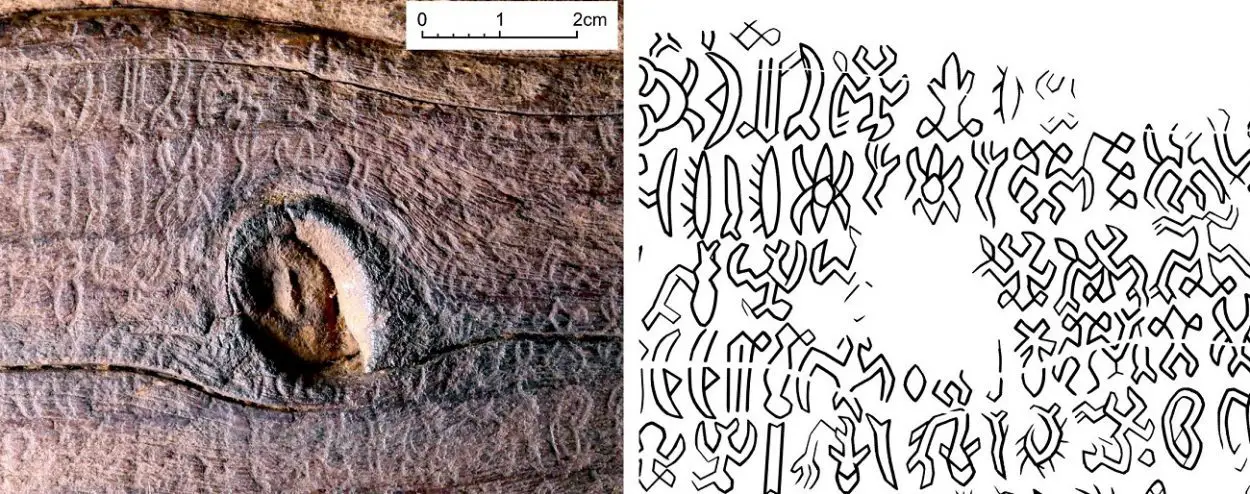Researchers have created a three-dimensional model of a tablet covered in the mysterious Rongorongo handwriting from Easter Island, revealing lost symbols that are invisible to the naked eye.
Rongorongo is a system of glyphs discovered in the 19th century, that appears to be a type of writing or proto writing. Attempts at decipherment over the years have been unsuccessful, although some calendrical, and the suggestion of genealogical information has been identified.
Researchers studied a tablet from the Berlin Ethnographic Museum, where they conducted a botanical analysis, radiocarbon dating, and created a three-dimensional model using thousands of photogrammetric photos.
According to a radiocarbon analysis, the tablet was made between AD 1810 and AD 1870 from local wood sourced from the Portia tree (thespesia populnea).

The tablet was in a poor state of preservation, with only one side appearing to have glyphs. By creating the 3D model, researchers were able to determine that the entire surface area on both sides was originally inscribed, and identify glyphs that were invisible to the naked eye.
Dr. Rafał Wieczorek from the University of Warsaw said: “On the other side of the tablet and on its edges, we managed to see invisible symbols that have so far eluded researchers, as well as grooves similar to ones present on other rongorongo tablets. They served as lines delimiting the text and were to facilitate writing “.

“If the tablet had been preserved in its entirety, it would have been the longest record of the rongorongo script in the world. Currently, most signs are on the so-called the staff of Santiago.” Added Wieczorek. Find out more
Header Image – Plaque from Berlin – Image Credit : Wieczorek, Frankiewicz, Oskolski, Horley





